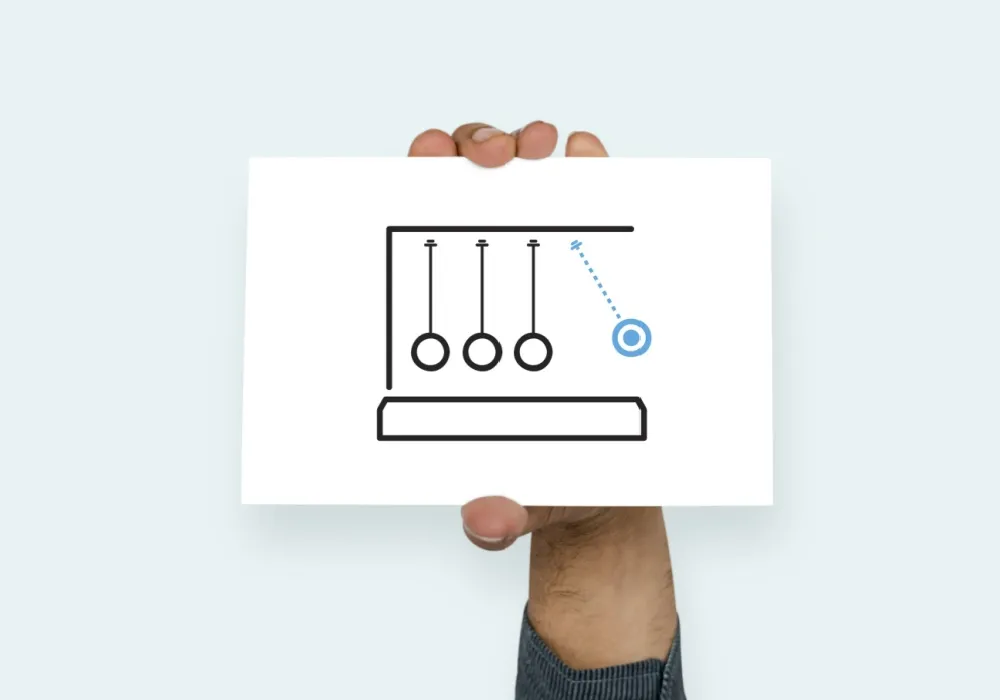
Despite reports that overall global employee engagement hit an all-time high of 23% in 2022, according to Gallup, HR leaders continue to struggle to engage employees in their benefits programs. One of the keys to improving benefits engagement and the broader employee benefits experience lies in a streamlined employee communications strategy – and as we’ll explore here, that strategy is most impactful when it’s deployed as part of a personalized, guided benefits enrollment process.
Historically, many employers have spent a lot of time, energy and money creating benefit-related resources for employees that are either hard to measure or don’t seem to drive enough interest or action. These include thick printed packets, brochures and flyers, spreadsheets and intranet pages. While many companies have done a great job making benefits information available, even (or especially!) in today’s digital age, benefits administrators need to ask the question, “What are we expecting to achieve – and is our benefits communications approach working?”
Success comes through creating a communications strategy that meets employees where they are and helps guide and support them through their benefits experience, from enrollment to care selections, to keep them engaged when it matters most. When evaluated through this lens, it’s likely that most employers can find opportunities to improve their employee benefits communications.
Why Your Benefits Engagement Strategy May Be Falling Short
First, let’s take a look at a variety of reasons that organizations might encounter difficulties with employee communications around benefits.
Expanding Offerings
Employers have been trying to tackle the dual problems of rising health care costs and talent attraction and retention by expanding offerings and programs. In fact, the importance of benefits (and the benefits experience) in employee retention and talent attraction cannot be understated. As SHRM noted, “If an organization is going to be competitive as an employer, it must go well beyond the traditional benefits package.”
In a trend that began well before the COVID-19 pandemic, two in three employees would change their jobs for better benefits, according to Buck, suggesting that expanding benefits can help support better employee retention. Benefits are also a major component of talent attraction, given that more than half (57%) of people say a company’s benefits and perks are among their top considerations when considering a potential employer, according to Fractl’s Employee Benefits Study.
But adding more benefits and perks doesn’t automatically improve the benefits experience for employees – or move the needle on costs. More is better only when employees have the support and guidance they need to make the best selections for their health and savings needs/goals. And this support includes impactful benefits communications that help direct employees to the best next action.
Benefits Complexity
Again, “more” isn’t always “better.” More benefits and programs can lead to feeling overwhelmed and even disengagement for HR professionals and employees alike. Consider these stats:
- 83 percent of HR managers have added new benefits in response to today’s hiring market (Robert Half).
- The average large company has 80+ HR tools (Josh Bersin).
- Large companies can have over 20 or 30 point solutions (WTW).
It’s crucial that today’s more comprehensive benefits offerings are carefully communicated. While employers might need to go above and beyond to raise awareness of and educate employees on the proliferation of benefit options and care choices available to them, they must be careful not to inundate employees with too much information and lead them into benefits analysis paralysis instead of confident decision-making.
Communicating the “right” amount of information at the right cadence is a tall order. It calls for a strategic approach to employee benefits communication that most in-house teams need support to deliver. This level of complexity, combined with the need for personalization, requires a certain way of supporting people.
Most benefits admin teams don’t have the bandwidth or expertise to create targeted, relevant messaging for all their employees so they rely on one-to-many communication channels like email blasts, video presentations and tons of paperwork. In those situations, employees may be more likely to become confused, annoyed or overwhelmed and start looking for the nearest exit ramp, which can mean defaulting to last year’s selections or bailing on the enrollment process altogether.
Resource Constraints
We know HR teams do their best to drive awareness and participation, but they may lack the time and resources to do so in a way that makes it simple and convenient for employees to consume the information and act on it.
Sage’s 2024 Changing Face of HR Report revealed that 95 percent of HR leaders consider HR to be “too much work” and 81 percent are personally burned out. A Gartner survey found that managers juggle 51% more responsibilities than they can handle.
If the goal is helping employees make optimal benefits decisions, we suggest there is a lot of room for improvement, evidenced by the millions of Americans who are struggling with medical debt.
Your in-house benefits admin team may be composed of real-life superheroes but that doesn’t mean they have to do it all on their own, especially when it comes to benefits communications. HR professionals shouldn’t be expected to be experts in marketing and communication.
Partnering with experienced benefits administrators or providers who can help your team develop a communications strategy and materials tailored to the needs of your workforce is a cost-effective way to expand your team’s reach and capabilities. When you can outsource some of your messaging, targeting, delivery and design, your in-house team is helped in a way that enables them to focus on strategic work, relationship-building and all the other important things they do to support your employees.
Embracing a Simplified Approach to Employee Benefits Communications
Benefits information and education are essential, but organizations should not expect employees to become benefits experts in order to make the right decisions for themselves and their families. Instead, employers should ensure that employees have a personalized benefits experience, access to knowledgeable guidance and the support they need to determine their next best action.
Employee benefits communications are just one part of the big-picture benefits engagement strategy. Other essential elements include a benefits hub, where employees can access benefits information and experts on demand, as well as embedded resources that help them get the most from their benefits, like decision support and care navigation tools.
Is It Time to Enlist Help From Your Benefits Administration Partner?
If any of these challenges are true for your organization, outsourcing employee communications to a trusted benefit administration partner as part of your broader end-to-end benefits engagement strategy is worth exploring.
- Not getting the results you want. Simply put, your current employee benefits communication strategy is not working the way you want it to.
- Your benefits team is already at capacity. Your in-house team doesn’t have time to create more benefits content, educate employees or answer more phone calls.
- Budget is a top concern. Rising health care costs and broader economic uncertainty have limited or removed the wiggle room in employee benefits budgets.
- Employees are confused or overwhelmed by benefit choices. As we mentioned earlier, employees may have access to lots of benefit information but not the support and guidance they need to understand and navigate their options.
We wholeheartedly recognize that benefits administration teams are doing the best they can with what they have. When in-house benefits teams are often composed of just a handful of people to support hundreds or even thousands of employees, there are hard limits on what is possible. And that’s why outsourcing may be the most effective way to achieve your goals around employee benefits communication and benefits engagement.
To explore this option further, check out this Employee Communications Checklist!
Advantages of Outsourcing Employee Communications
Working with the right benefits administration partner based on their unique needs allows companies to deliver effective employee communication around benefits eligibility, coverage, enrollment, and utilization to enhance the benefits experience and boost engagement in concert with their online enrollment experience.
Here are some of the specific advantages you can expect from working with a benefits administration partner that incorporates employee communications in the end-to-end employee benefits experience:
- Enables your in-house team to remain lean and nimble with expert support.
- Frees up valuable time for your benefits team to focus on other strategic projects.
- Offers employees convenient access to information and answers to reduce friction in the enrollment process.
- Helps employees make more informed choices about benefits enrollment and care selection, potentially saving both your organization and the employee money.
- Supports employees' personal health and wellness goals, helping to drive job satisfaction and reduced turnover.
- Strengthens the organization’s talent attraction efforts with appealing and clearly articulated benefits packages.
The Benefitfocus Solution
Benefitfocus offers a multi-channel employee communication service designed to build awareness and engage employees. With Benefitfocus taking on the tasks of employee communications, HR Teams can redirect focus to being more strategic, maximizing the impact of their benefit program on their business.
Learn more about our Employee Benefits Communication Services!
CN 3616888_062026


